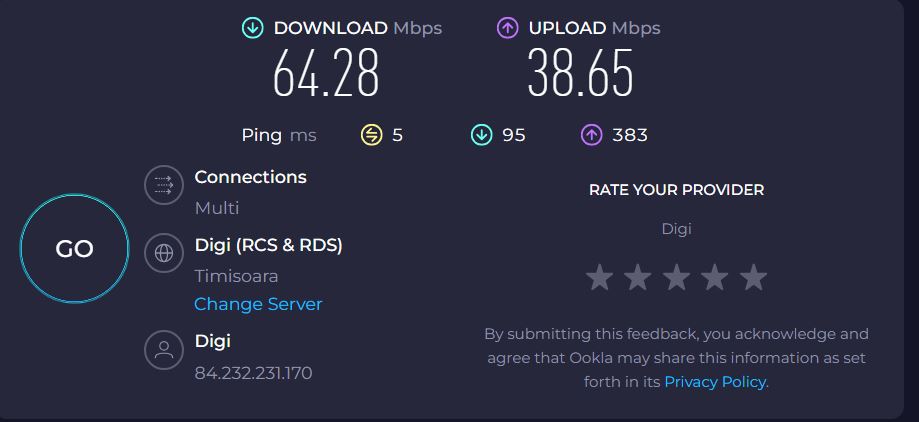

Starlink’s network statistics indicate that the average download speed for more than 2 million active users in the U.S. during peak periods was close to 200 Mbps as of July 2025. This represents a notable improvement over traditional satellite internet, although it still falls short compared to fiber and top terrestrial wireless alternatives.
However, the performance of Starlink is significantly influenced by location, visibility of the sky, and potential obstructions from trees, buildings, or other interference sources. In rural or open environments, the service often meets or surpasses the expected averages, while in densely populated or wooded regions, speeds and latency may decline. Additionally, weather conditions can sporadically affect throughput and overall reliability.
Conversely, 5G excels under entirely different circumstances. In urban areas with robust network coverage, mid-band and mmWave 5G can easily outpaced Starlink, consistently achieving speeds between 200-2,000 Mbps on contemporary smartphones or routers, along with reduced latency for gaming and streaming. Nevertheless, the range of 5G is finite — venture too far from a tower or into rural areas, and you could experience slower LTE speeds.
In terms of sheer speed, 5G usually prevails where coverage is available. However, Starlink narrows this disparity by offering fast, dependable internet in regions where 5G coverage is nonexistent. Essentially, 5G excels in urban environments, while Starlink remains the preferred option for rural internet access.